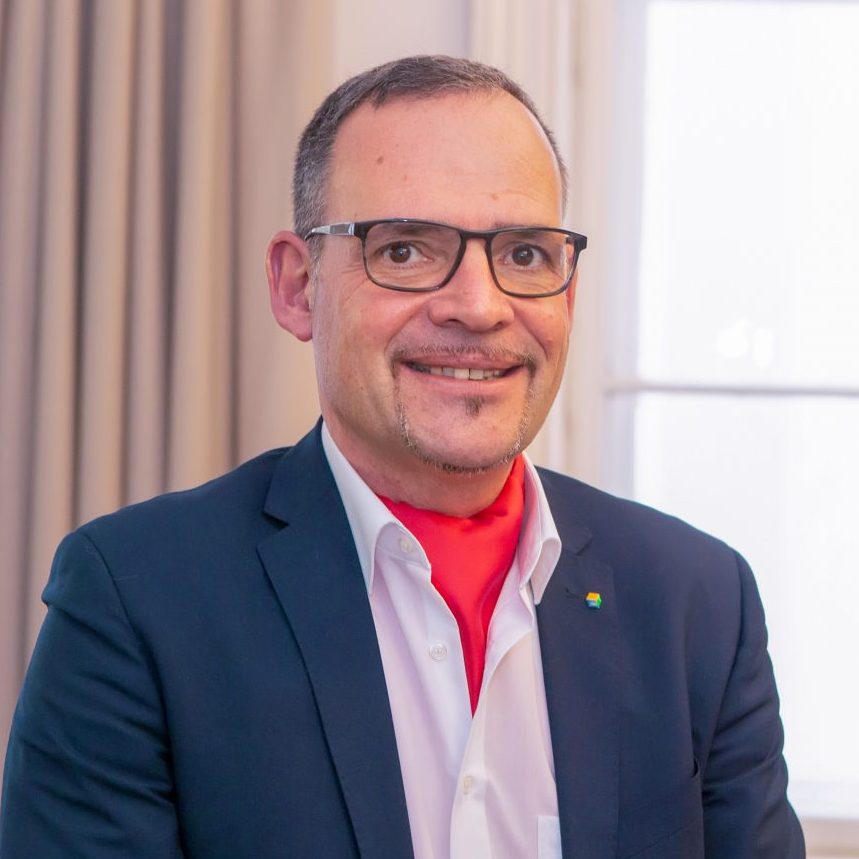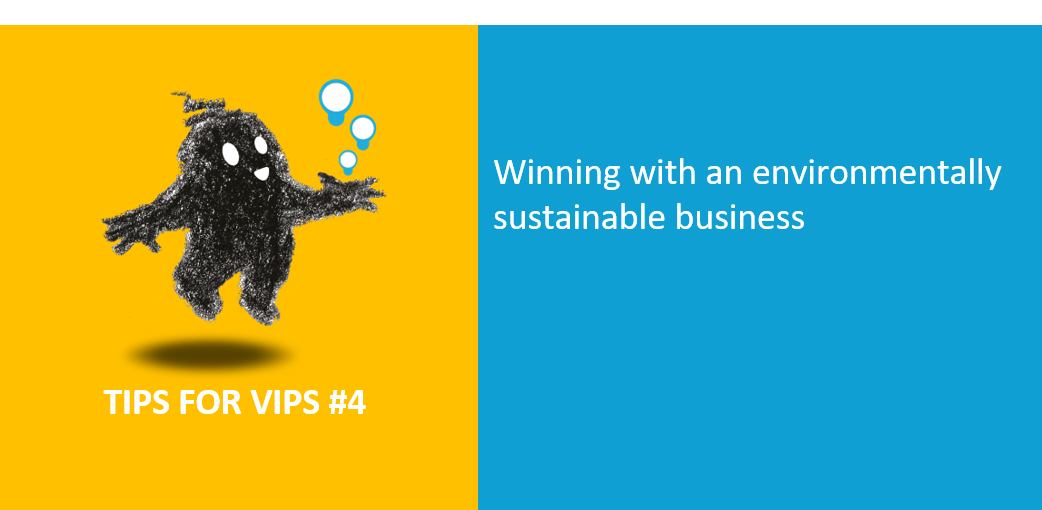Tips for VIPs #4 Win with an environmentally sustainable business
Almost all of us are aware that the world is getting close to a point of no return concerning environmental threats if it isn’t there yet. Global warming, air pollution, ocean waste… Our planet has been yelling at us for a long time and we cannot silent this wake-up call any longer. We should all be driven and obliged to innovate on a permanent basis, not just because who slows down loses, but because we are in need of new business models to ensure the future of the generations to come.
Now that you took notice of the challenge ahead, take your time and think about the environmental impact of your business and find your answer to the following topics:
Understanding Your Green Value Streams
- Record environmental performance data for processes in value stream maps and consider these data in developing a vision for the future state.
- Analyze materials used by each process versus materials actually needed for the product and summarize this information in a “materials line” below the timeline on value stream maps.
- Expand the application of value stream mapping to natural resource flows such as energy and water use, by including additional information on materials use, waste streams, and regulatory information flows in the maps.
- Consider Lean and environment questions, as well as environmental data included in the current state map.
- Use icons to identify processes with EHS and Green opportunities in value stream maps and involve EHS staff in planning improvement events on those processes.
Do not forget about The Seven Green Wastes
Energy – Identify the Use and Source of Energy in Each Activity and measure the Quantity of Energy Used. Next step is to minimize the Use of Energy and offset Remaining Energy Use to finally get into transition to Self-Harvested Renewable Energy.
Water – Identify the Use of Water in the Value Stream and Overall Building before you measure Water Consumption and Discharge in the Overall Building and Value Stream Activities and measure Toxicity of Water Discharged in Value Stream Activities. Target is simple: minimize the Consumption of Water and Toxicity of Water Discharge before you think on Self-Harvest Rainwater before you get into transition toward the Continual Reuse of Water.
Materials – Identify the Input and Output of Materials in Your Value Stream before you measure the Recycled/Recyclable and Compostable Content of Each Material Input and Output. Classify Materials as Technical Nutrient, Biological Nutrient, or neither Assess the Impact on the Environment before you phase out Negative-Impact Materials and try to minimize Materials Usage and go to move toward 100 Percent Recycled/Recyclable or into Transition to 100 percent Reuse
Garbage – Identify the creation of garbage in your (Green) Value Stream, measure the makeup of garbage in your (Green) Value Stream and measure the hazardous substances in your garbage before you try to minimize the creation of garbage and move toward 100 percent Reusable or Biodegradable Garbage and plan to move toward the total elimination of garbage.
Transportation – Identify transportation within your (Green) Value Stream and overall building before you measure the mode and Distance of transportation and logically wise try to minimize transportation and offset remaining transportation before moving toward the Use of 100 percent environmentally
Emissions – Identify the sources of emissions to produce your product or service and measure the type and amount of emissions used to produce your product or service and identify the presence of emissions from the use of your product or service and additionally measure the type and amount of emissions from the use of your product or service before you again minimize emissions and offset remaining Emissions before moving toward the total elimination of emissions.
Biodiversity – Identify biodiversity waste and measure biodiversity destruction before minimizing and eliminate biodiversity destruction
As part of the Inspiralia Group, m27 Finance excels at figuring out your possibilities towards an environmentally sustainable production or offering services. It doesn’t really matter if you are an SME or a big enterprise. There is always a path to improve this impact and to find additional financial resources that will help you along the way towards innovation.
Process changes are mostly accompanied by environmental improvements like for instance a better melting process, a more efficient heating-system, waste heat recovery, heat recuperation and much more. It will not only help you in your processes but also in a better placing of your product or services towards society and will lead you in being more and better accepted from your stakeholders like customers, employees, public authorities, suppliers …
The ecological footprint has and will have an even higher impact on you and your company in the future, make sure your improvements are sustainable and durable.

About Peter Baumgartner
Peter Baumgartner was born in Bregenz, Austria, graduated in 1992 from the University of Economics in Innsbruck, Tyrol; Business Administration. He has travelled throughout Europe and lived more than 12 years in Moscow, Russia.
Peter has gained much of his experience in various international pharmaceutical companies such as BASF (Managing Director), Abbott Laboratories (Country Manager) and ACTAVIS (Regional Director and President CIS & CEEC).
Back in Austria, he joined m27 Finance GmbH as Senior Consultant and most of his projects are based on financial management, which was the base for the decision to join the m27 network in March 2012.

